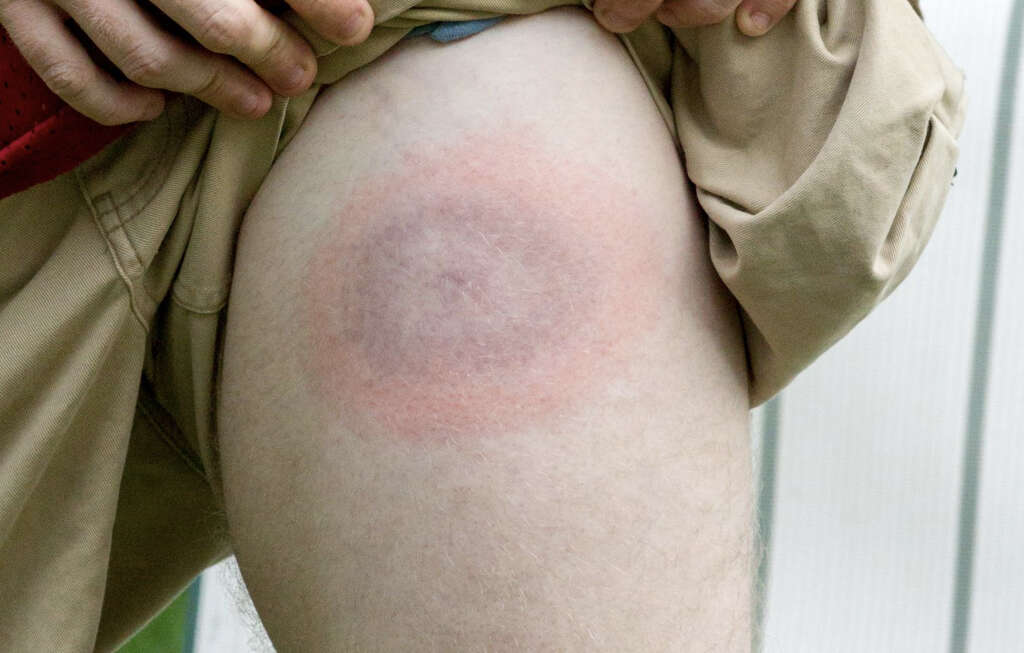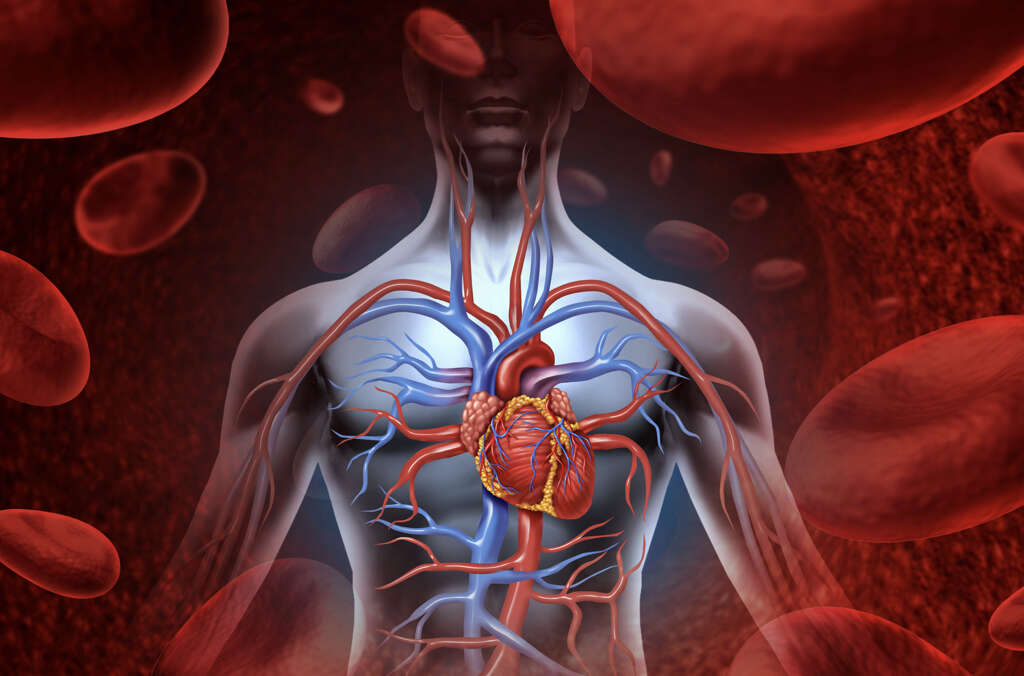Signs of Lyme Disease
Lyme disease is a disease that is found in many parts of the world. It is caused by a bacterial infection, and the bacteria is spread from the bites of ticks. These are small parasites that are usually found living in grassland and woodland. While the bite from a tick can cause Lyme disease, it is rarely the case that a tick bite will cause the disease.
Thankfully, the disease is relatively easy to treat using modern antibiotics. However, it can be very serious if it is not treated in time so the patient should get treatment as soon as a problem is diagnosed. Here are a few of the signs to look out for.

1. Bullseye Rash
Often the first thing people will notice is that they have been bitten. A bite alone is not necessarily a sign of Lyme disease, but it might soon develop into something far more telling. One of the first signs that Lyme disease is present is the appearance of a rash that appears like a bullseye.
The center of the bullseye will be where the bite was made. The rash is not painful and is not usually itchy, but it can reach around 30 cm in diameter in some cases. It is quite distinctive and a strong indicator of Lyme disease, so it is something that should encourage you to seek medical treatment.

2. Skin Conditions
In addition to the characteristic ‘bullseye’ rash that is often caused by Lyme disease, patients will also often experience some other unwelcome skin conditions. Other rashes might appear on the skin, and large bruises can also sometimes appear with no apparent cause. In some cases, these skin condition can be quite itchy for the patient.
While these skin conditions are not usually dangerous in themselves, they should still be checked out in case they are caused by something more serious. Medication will often be prescribed to help treat these conditions directly, while the underlying cause will also be treated simultaneously.

3. Fever
When we fall ill, one of the first signs that a lot of people will experience is a fever. This is the body’s way of making the body difficult for germs to live and thrive in. Where there is a fever, then chills are usually not far behind. This is because they are a part of the mechanism that causes our body temperature to raise during a fever.
Muscle aches are also fairly common, and these are a result of inflammation of the muscles. This is another side-effect of our immune system protecting us. Patients in the early stages of Lyme disease can also experience headaches, dizziness, and malaise.

4. Sleeping Difficulties
Another fairly common symptom of Lyme disease is that the patient is likely to have difficulties getting a full night’s sleep. This is partly because of joint pain and other symptoms that make it difficult for them to relax. A rising and falling body temperature can also make it harder for the patient to sleep.
The patient will often fall asleep only to be woken again later at night. When they do wake, they will often be experiencing night sweats and maybe laying on cold, wet bedsheets. Difficulty sleeping can make it even harder for them to get through the following day, and it can contribute to other problems like fatigue.

5. Lethargy
It is not likely that we will be feeling at our best when we are ill, regardless of what the actual cause is. Patients with Lyme disease will also often be feeling quite lethargic and just not feel like doing anything much at all. This is beneficial in a sense because it is best that the patient gets as much rest as they can.
This is not just normal tiredness that you can expect to find in people at the end of the day. Rather, the patient will be feeling tired through all of the day regardless of how long they have rested. The extent of the fatigue means the condition can sometimes be misdiagnosed as chronic fatigue syndrome or similar.

6. Joint Pain
Another symptom that often comes with illnesses is joint and muscle pain. This pain is caused by inflammation, and this is caused either by the pathogen itself, or by the body’s response to the pathogen. In instances of Lyme disease, it is the invading bacteria that causes the inflammation.
The level of pain caused in the joints by Lyme disease can be quite significant. The pain can also go from one joint to another, while more than one joint can be affected at any one time. In severe cases, there might even be permanent damage caused to the cartilage in the patient’s joints.

7. Peripheral Neuropathy
If not treated in time, Lyme disease can begin to cause damage to the system of nerves that exist away from the central nervous system. This results in a number of unwelcome symptoms, and it can lead to severe permanent damage if it is not addressed in time.
Symptoms caused by peripheral neuropathy include sensations of tingling and numbness. The patient might also struggle to have full control over their muscles, while even simple tasks can become harder than before to complete. It can also cause issues like a change in the patient’s sense of taste, and some patients will also experience facial palsy.

8. Light Sensitivity
All of us are sensitive to bright lights to a degree, often shielding our eyes and turning away instinctively when faced with a light that is too bright. This is for a very good reason as a light that is too bright can cause permanent damage to our eyes.
While light sensitivity is normal, Lyme disease can cause people to become more sensitive to it than they usually otherwise would be. The patient might feel as though they need to stay in a darkened room where possible. They might also need to turn to sunglasses, even when they are indoors.

9. Cognitive Decline
Most of us will be fortunate enough to keep our wits about us even as we get well into old age. It is well known, however, that not everybody is so fortunate. A lot of people will find that their mental faculties to decline as time goes by, often caused by conditions such as Alzheimer’s.
Another disease that can cause a decline in one’s cognitive abilities is Lyme disease. The patient might start to struggle to perform when they are at school or at work. Their memory can begin to fail them, and they can become confused far more easily than they usually would be. If the condition is treated in time, the patient is unlikely to experience these symptoms.

10. Lyme Carditis
Lyme carditis is a condition where the offending bacterium has managed to infect the patient’s heart. The inflammation causes the heart to become inflamed, and this can impede the electrical signals that help to ensure the heart is beating steadily. The symptoms of this condition are often quite mild, but they can be more severe in some cases.
Symptoms caused by Lyme carditis include light headedness, difficulty breathing, palpitations, and pains in the chest. There is a chance that this can be serious for the patient so it should be treated as a serious condition. The heart should hopefully make a full recovery once the underlying cause has been addressed.











